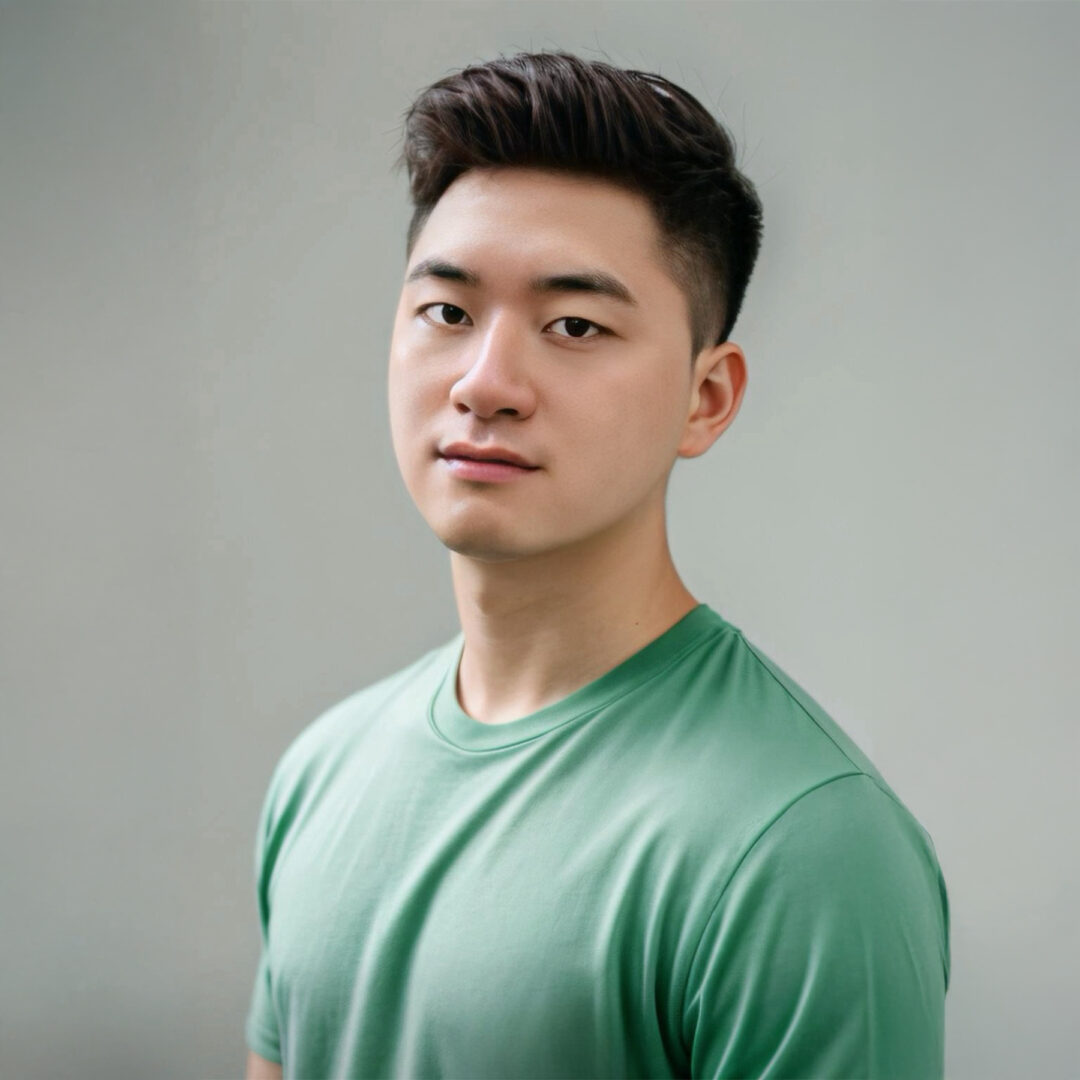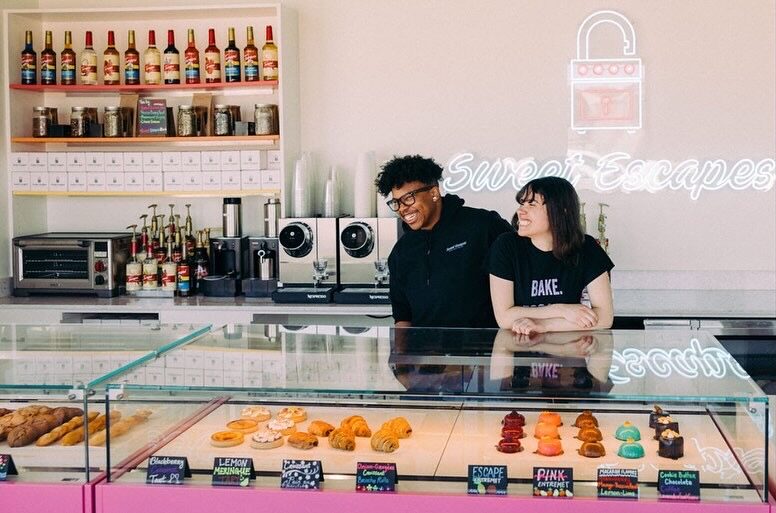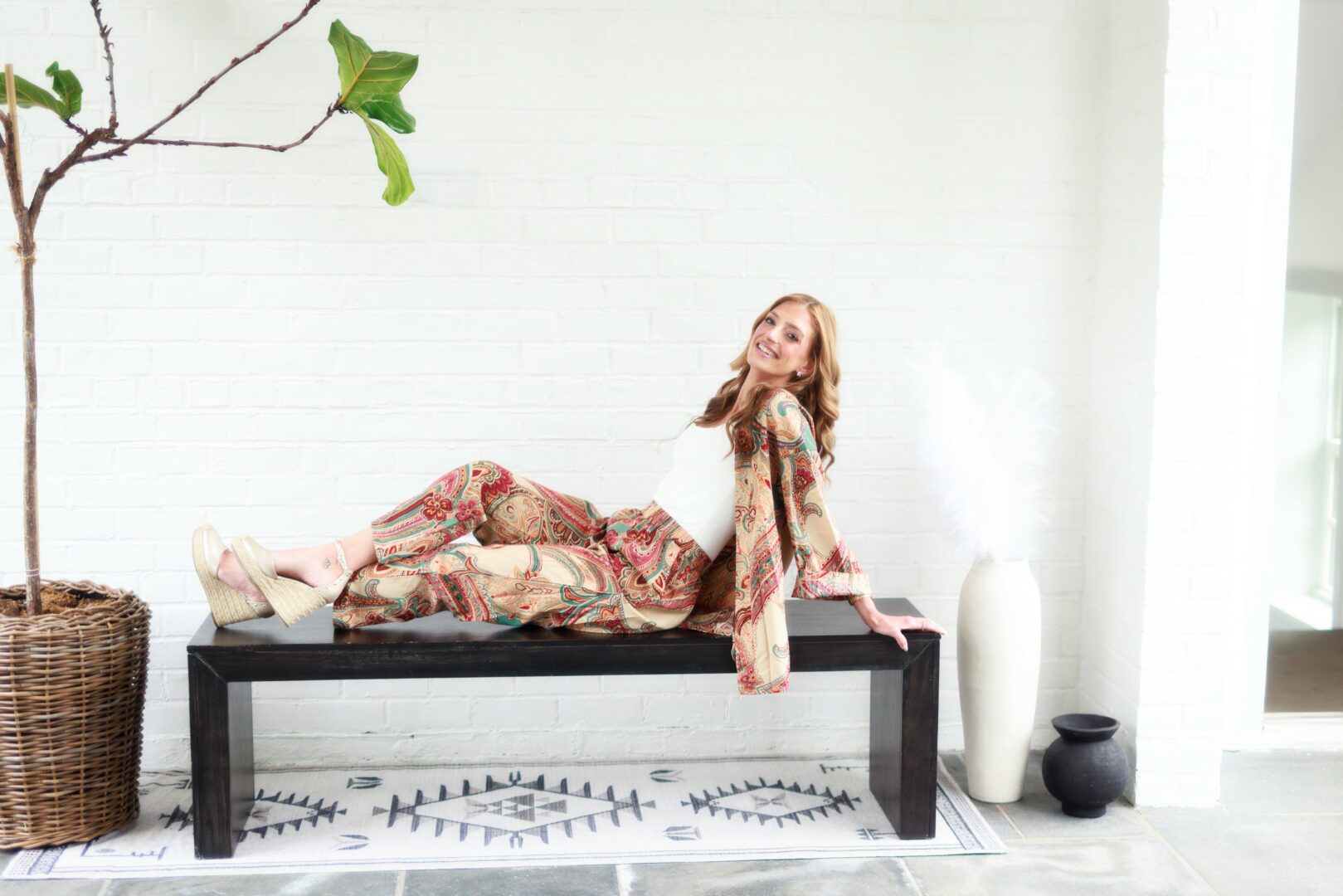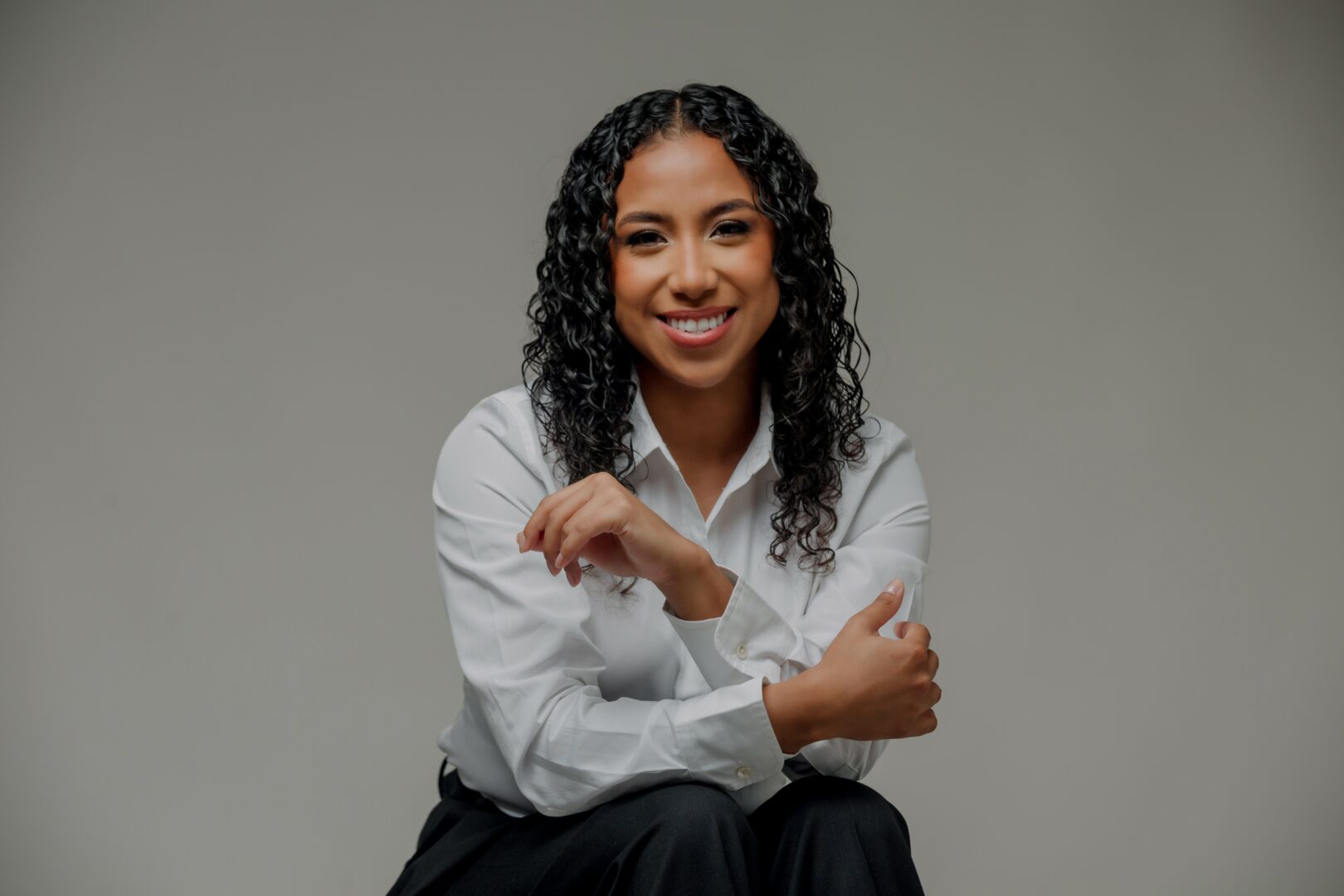Alright – so today we’ve got the honor of introducing you to Zeyu Liu. We think you’ll enjoy our conversation, we’ve shared it below.
Zeyu, so excited to have you with us today. So much we can chat about, but one of the questions we are most interested in is how you have managed to keep your creativity alive.
I’ve learned that creativity doesn’t come from constant stimulation; it grows from observation and empathy. Much of my work begins with understanding how people live, especially older adults, as they manage their daily health routines. I keep my creativity alive by staying close to real human stories. When I listen to an older adult describe how they designed their own system to track medications or how they feel about using new technologies, I don’t just hear problems—I see design possibilities.
In my experience, from AI-assisted shared decision-making systems to medication management programs for older adults, I treat creativity as an act of translation. It’s about turning complex medical and emotional realities into something intuitive and dignified. I often move between data and lived experience, research and design, technology and emotion. That tension keeps my mind alive—it reminds me that creativity is not about novelty but about purpose.
My creativity also extends beyond systems into spaces. When I designed an intergenerational wellness center and an eldercare living environment, I focused on creating experiences that feel emotionally restorative and inclusive. I observed how people interacted across generations—their movements, pauses, and comfort with light and sound—and turned those observations into design principles that foster connection and well-being. For me, creativity is most potent when it makes care tangible.
To sustain creativity, I stay curious and compassionate. I draw inspiration from moments of connection—with patients, clinicians, caregivers, and families—because they remind me why design matters. When creativity serves humanity, it never burns out.

Thanks, so before we move on maybe you can share a bit more about yourself?
I’m a researcher and designer working at the intersection of aging, healthcare, and technology. My work focuses on reimagining how design can improve the quality of life for older adults and patients in complex care environments. What excites me most is transforming research into real-world impact, designing systems, tools, and spaces that empower people rather than overwhelm them.
In my work, I develop AI-assisted shared decision-making systems that enhance communication between patients, families, and clinicians, and design human-centered healthcare environments that support comfort, dignity, and connection. I’m particularly interested in how design can help older adults maintain autonomy and well-being, from medication management to spatial experiences that encourage intergenerational interaction. My process blends behavioral science, technology, and empathy to uncover deeper insights about how people live and care.
To me, design is a bridge between science and humanity. I believe creativity can make healthcare not only more innovative but also kinder, creating systems that heal, spaces that inspire, and technologies that truly serve people. Currently, I’m expanding this work through collaborations with universities and healthcare organizations to scale these ideas into broader systems of care.

There is so much advice out there about all the different skills and qualities folks need to develop in order to succeed in today’s highly competitive environment and often it can feel overwhelming. So, if we had to break it down to just the three that matter most, which three skills or qualities would you focus on?
Looking back, three qualities have shaped my journey most deeply: empathy, interdisciplinary thinking, and perseverance.
Empathy is the foundation of all my work. Whether I’m designing an AI-assisted healthcare system or reimagining spaces for older adults, every idea starts with listening to and understanding people’s frustrations, hopes, and daily routines. Creativity without empathy easily becomes decoration; empathy turns creativity into care. My advice for anyone starting is to spend time observing and listening before designing. People will always tell you what they truly need, often without words.
Interdisciplinary thinking keeps my work alive. My background bridges design, behavioral science, and healthcare, and I’ve learned that the most innovative solutions come from connecting fields that rarely talk to each other. Don’t be afraid to step outside your discipline; innovation happens at the edges.
Finally, perseverance sustains everything. Working in health design means facing complex systems and slow change. But if you stay anchored to purpose, even minor improvements can ripple into real impact. My advice is to remain patient, stay curious, and remember why you started. Purpose will always outlast obstacles.

All the wisdom you’ve shared today is sincerely appreciated. Before we go, can you tell us about the main challenge you are currently facing?
One of the biggest challenges I’m facing is bridging the gap between research insights and real-world healthcare implementation. Designing for aging and healthcare often means working within complex, slow-to-change systems shaped by competing priorities. It’s not enough to have good ideas; the challenge is how to make them work sustainably across clinical, technological, and human environments.
To overcome this, I focus on building translation frameworks and on translating qualitative insights into practical design and policy impact. For example, when developing AI-assisted shared decision-making tools or human-centered healthcare environments, I collaborate closely with clinicians, engineers, and community partners to co-design solutions that are not only innovative but feasible and ethical. This requires constant negotiation between ideal design and real constraints, which I see as part of the creative process itself. Ultimately, my goal is to make healthcare systems more empathetic, intelligent, and inclusive. The challenge of integration is ongoing, but I view it as an opportunity to turn research into change and design into care.
Contact Info:
- Website: https://zeyuliu15463.com/


Image Credits
Zeyu Liu
so if you or someone you know deserves recognition please let us know here.




